Pretty? No. But this is what skin cancer looks like, and these pictures could help you spot it. The earlier you can catch skin cancer, the easier it is to cure. Compare your moles to these images, and see a doctor if you find anything suspicious.
|
A small brown spot that’s symmetrical and all one shade an that hasn’t changes over the years is probably nothing to worry about. |
A.k.a. an “atypical mole.” This tends to be dark with irregular borders. It could become cancerous so your derm will remove it or keep a close eye on it. |
This potentially cancerous spot usually occurs on sun-exposed areas (scalp, lips, hands) and tends to look like a raised, rough, or scaly patch.
|
|
The most common type of skin cancer, BCC forms deep in the skin and looks like a raised pink growth or sore that won’t heal. |
Look for a reddish patch or wartlike bump that may crust or bleed. Get it checked out pronto—left untreated, it may spread. |
The most deadly of skin cancers, melanomas may look geometrical in form and be smooth or raised. These cancers may also have irregular borders. They can be black, brown, gray, white or even red. |
Plus, watch for the ABCDEUs. Use this guide to help determine if a mole could be dangerous. See a dermatologist if your spot has any of these characteristics.
A = Asymmetry – One half is s noticeably different shape than the other.
B = Border – The edges are uneven—maybe even scalloped or notched.
C = Color – The mole has multiple shades of brown, black, or red.
D = Diameter – Melanomas are usually big, about the size of a penicel eraser.
E = Evolving – This is any mole that has changed in color, size, or shape—whether that’s over the last month or the past decade.
U = Ugly Ducking – If any of your moles does not look like the other, get them checked.
Did you know just one serious sunburn can increase your skin cancer risk by as much as 50 percent? Monitor your skin for suspicious spots and moles and visit a dermatologist if you notice any changes in your skin. In the mean time, shop our full list of sun protection products here!
 Normal Mole
Normal Mole Dysplastic Nevus
Dysplastic Nevus Actinic Keratosis
Actinic Keratosis Basal Cell Carcinoma
Basal Cell Carcinoma Squamous Cell Carcinoma
Squamous Cell Carcinoma Melanoma
Melanoma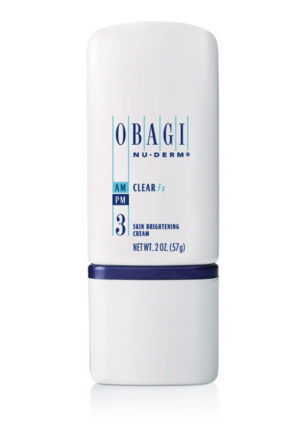
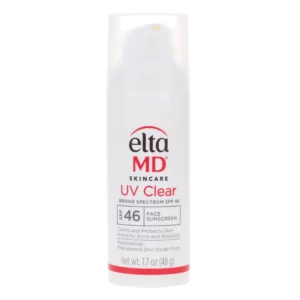
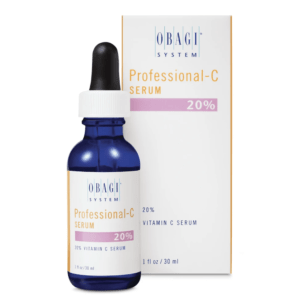
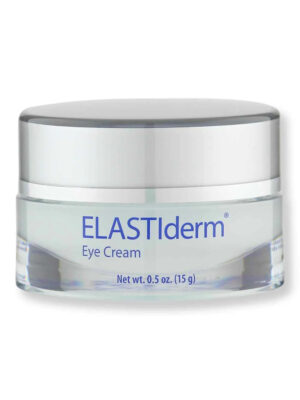
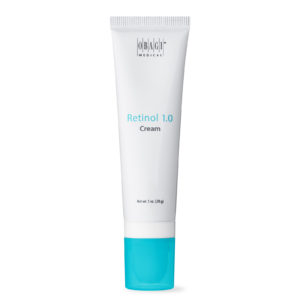
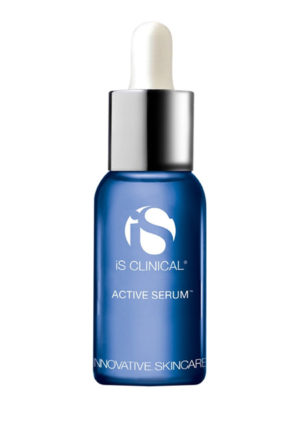
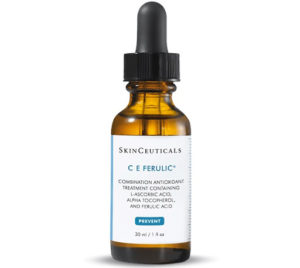
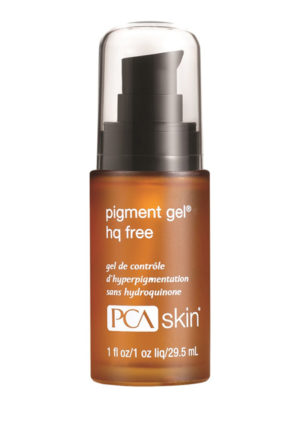
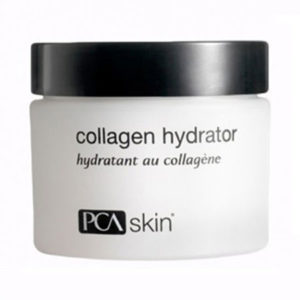
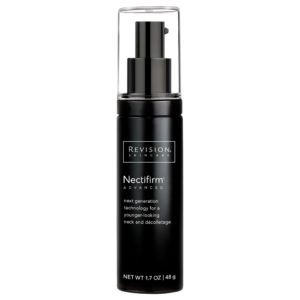
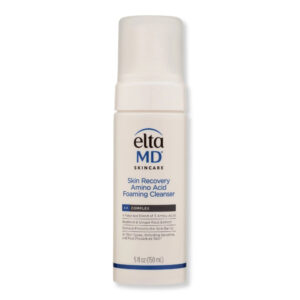
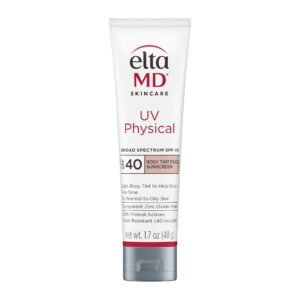
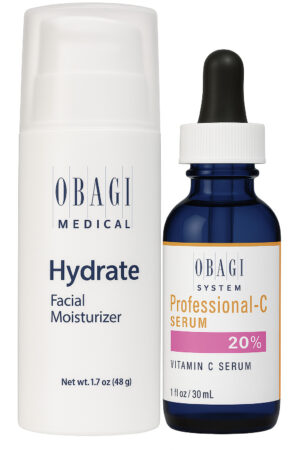
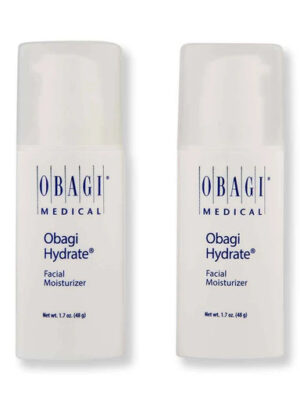
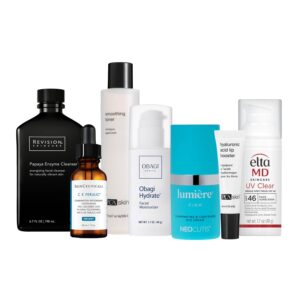


No comments yet.